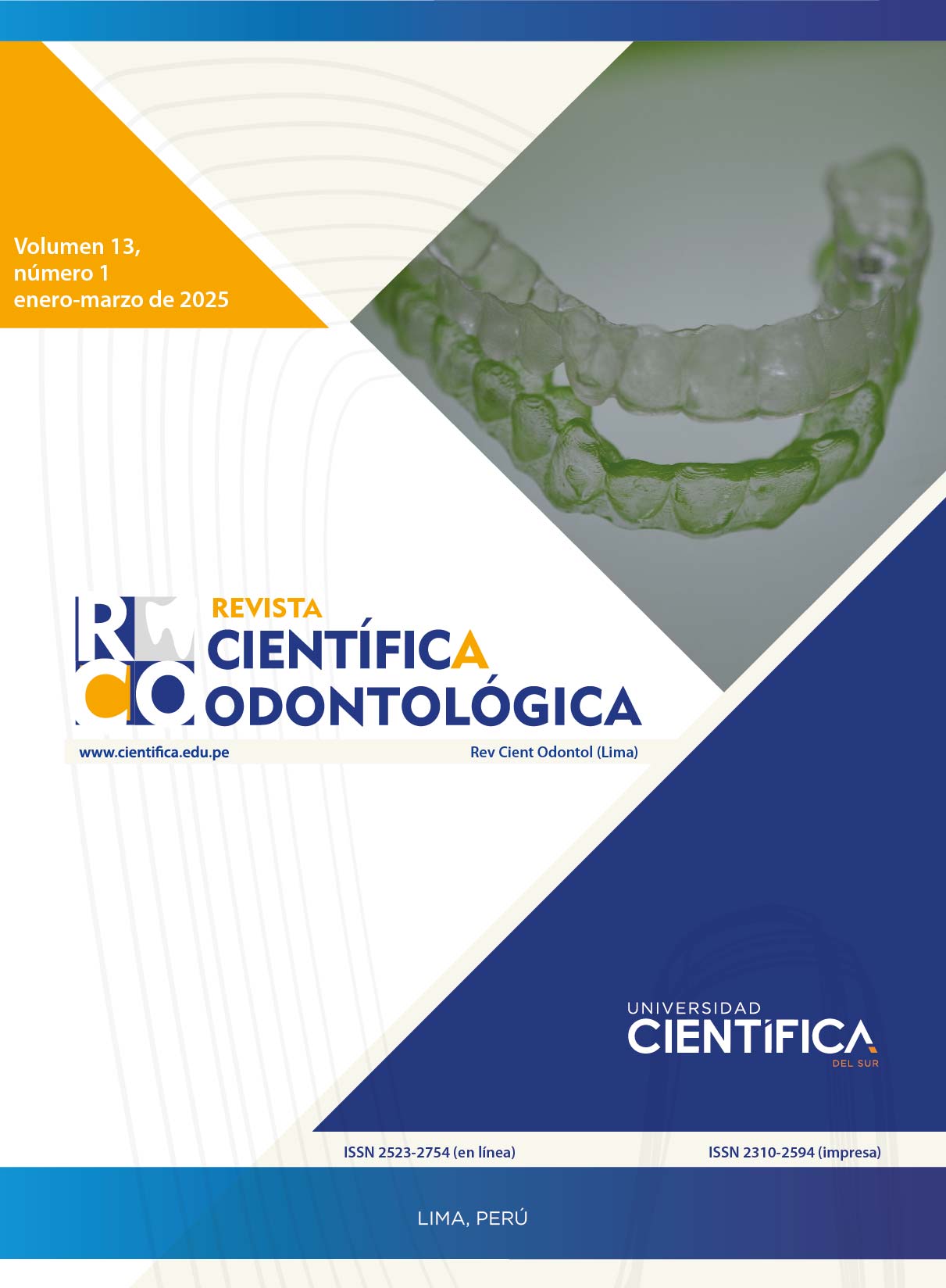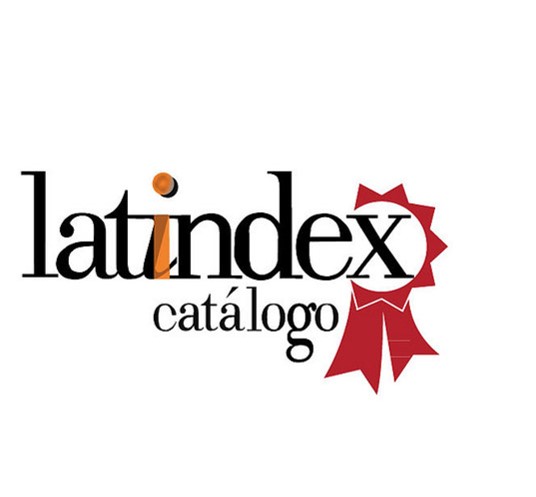EFFECT OF MOUTHWASH WITH CETYLPYRIDINE CHLORIDE ON THE SURFACE MICROHARDNESS OF SELF-CURING, HEAT-CURING AND CAD CAM POLYMETHYL METHACRYLATE. IN VITRO STUDY
DOI:
https://doi.org/10.21142/2523-2754-1301-2025-227Keywords:
PMMA, oral antiseptics, hardness, quaternary ammonium compoundAbstract
Objective: To evaluate the effect of Vitis CPC Protect mouthwash on the surface microhardness of three types of polymethylmethacrylate (PMMA): self-curing (Alike), thermocuring (Vitalloy) and CAD/CAM (Telium CAD). Methodology: 90 PMMA discs were manufactured, divided into three groups of 30 discs, with dimensions of 2 mm thick and 10 mm in diameter. Each group was subdivided into three subgroups (n = 10): The first subgroup to measure baseline microhardness, the second was immersed in distilled water as a control, and the third in Vitis CPC Protect mouthwash. The discs were kept in 20 ml solutions for 6 hours at 37°C, simulating daily use of rinsing twice a day for 6 months. Vickers surface microhardness was measured before and after immersion using a Vickers durometer with a load of 50 g. Subsequently, the data were statistically analyzed using the One-Way ANOVA test and Tukey's Multiple Comparisons test. Results: The initial microhardness values were: self-curing 14.05 ± 0.31, thermocuring 18.00 ± 0.60, and CAD/CAM 20.35 ± 1.80. After immersion in mouthwash, the values were: self-curing 13.81 ± 0.20, thermocuring 17.20 ± 0.38, and CAD/CAM 19.21 ± 0.60. ANOVA analyses and Tukey's test revealed statistically significant differences in the microhardness of thermocured PMMA and CAD/CAM (p < 0.05). Conclusion: The mouthwash with cetylpyridinium chloride affects the surface microhardness of thermally polymerized and CAD/CAM PMMA, with the latter being the more resistant to these effects. However, since the decrease is minimal, the use of mouthwash would not be contraindicated for patients with provisional PMMA restorations.
Downloads
Downloads
Published
Issue
Section
License

This work is licensed under a Creative Commons Attribution 4.0 International License.

Este obra está bajo una licencia de Creative Commons Reconocimiento 4.0 Internacional.












